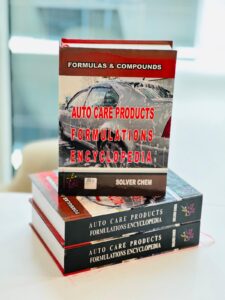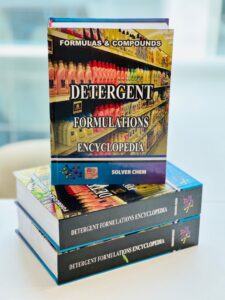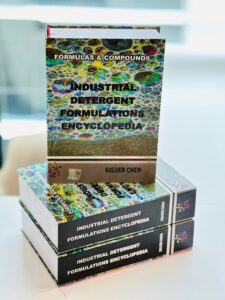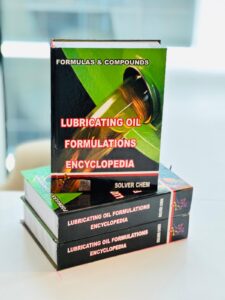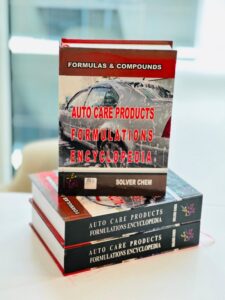
Alkaline wheel cleaners are a type of non-acidic cleaning solution used for wheels and tires. They are generally considered safer for a wider range of wheel finishes compared to strong acidic cleaners, especially for regular cleaning and maintenance.
Here are the key properties and types of alkaline wheel cleaners:
Properties
- High pH Level: Alkaline cleaners have a high pH (above 7, often strongly alkaline, e.g., 11-14). This high is effective at degreasing and breaking down organic contaminants.
- Target Contaminants: They are highly effective at dissolving and dispersing:
- Oil and Grease
- Road Grime and Traffic Film
- Bug Splatter and Organic Residues
- General Brake Dust (less effective on heavy, embedded ferrous particles than dedicated -neutral fallout removers, but still powerful).
- Composition: They are typically aqueous solutions containing:
- Alkaline Materials/Builders: Such as sodium hydroxide (caustic soda) or potassium hydroxide (caustic potash), which contribute to the high and cleaning power.
- Surfactants and Detergents: To help penetrate and emulsify dirt.
- Chelating Agents (e.g., EDTA, Nitrilotriacetate): To complex with metal ions and improve cleaning efficiency.
- Dirt Carriers/Dispersants: Special compounds to keep the dirt suspended and prevent re-deposition.
- Safety Profile:
- Generally Safer for Finishes: They are typically safe for use on steel rims and alkali-resistant painted aluminum rims (clear-coated).
- Caution Required: Very strong alkaline formulas (caustics) can still cause damage or staining if used improperly, particularly on:
- Polished/Bare Aluminum
- Chrome
- Anodized strips
- Alkali-sensitive plastics
- They should not be allowed to dry on the surface.
- Application: They are often available as concentrates that require dilution (e.g., 1:2 to 1:20 solutions, depending on the dirt) or as ready-to-use formulas. They are typically sprayed on, allowed to dwell briefly, agitated with a brush if necessary, and then thoroughly rinsed.
Types
Alkaline wheel cleaners can be categorized primarily by their strength and concentration:
- Heavy-Duty/Concentrated Alkaline Cleaners:
- Feature a very high ( 13-14) and are often formulated as a concentrate.
- Designed for maximum cleaning power to tackle heavily soiled wheels and tires.
- Often contain stronger alkaline compounds like potassium hydroxide.
- Require careful use and dilution to avoid damaging sensitive finishes.
- General Maintenance/Mildly Alkaline Cleaners:
- Have a lower, but still alkaline, (e.g., 8-12).
- They are a safer choice for routine maintenance washes and can often be used as an All-Purpose Cleaner (APC) diluted for various exterior surfaces.
- These are sometimes labeled as “Non-Acid” or simply “Wheel & Tire Cleaner” to distinguish them from acid and -neutral reactive products.
- Gel-Based Alkaline Cleaners:
- Formulated with a higher viscosity to “cling” better to the wheel’s surface.
- This property allows for an extended dwell time, which increases the cleaning effectiveness as the product stays in contact with the dirt for longer.
- Can often be diluted and applied via a foam cannon for even coverage.
Note on Other Wheel Cleaner Types:
Alkaline cleaners are one of the three main categories, contrasted with:
- -Neutral Cleaners: ( around 7) Safest for all finishes, often contain iron-decontaminating ingredients (that turn red/purple upon contact with iron fallout/brake dust). Used for regular cleaning and iron removal.
-
Acidic Cleaners: (Low ) Contain strong acids (e.g., phosphoric, hydrofluoric acid). Extremely powerful for neglected wheels, rust, and mineral deposits, but highly corrosive and pose a significant risk of damage to clear coats, aluminum, and skin if used improperly.

